Processing horse crabs can be challenging due to their strength and aggressiveness, and it can be quite a tedious task for those who lack experience. One wrong move can result in lost limbs, reduced nutritional value, or even personal injury.
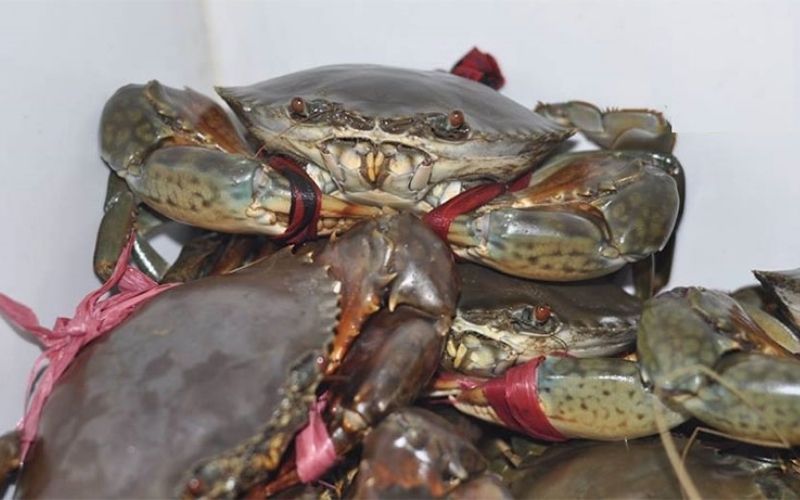
A young woman named Loan Tran shared her efficient method for cleaning horse crabs on social media, attracting numerous comments from viewers. Let’s explore her technique!
Horse Crab Preparation Steps
Instead of immediately cutting the ropes binding the crab, she begins by turning it upside down and lifting its apron. With a sharp pair of scissors, she pierces the soft underbelly of the crab. She then uses the scissors to separate the crab’s body until its legs and claws are fully extended.
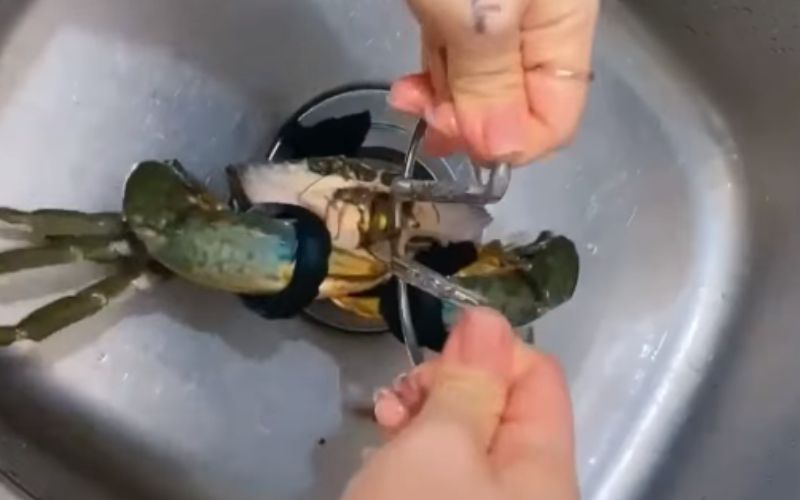
She then unties the ropes and thoroughly scrubs and rinses the crab under running water. Pay close attention to the crab’s flanks, as this is where algae tend to accumulate, and scrub those areas carefully.
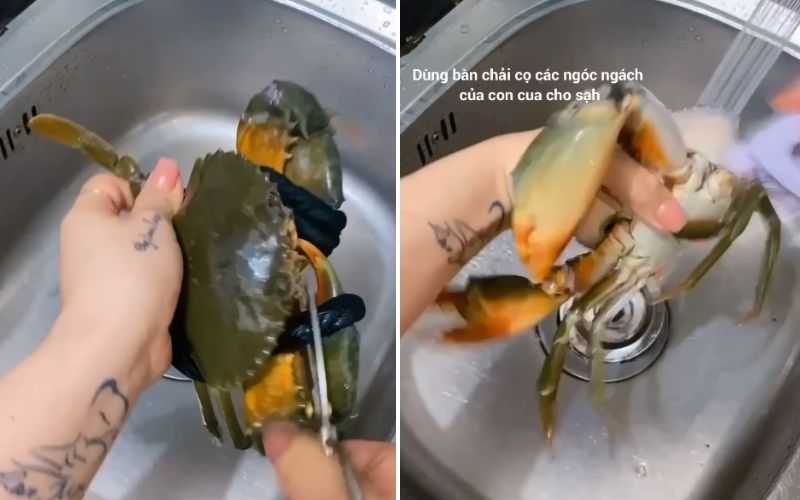
Using scissors, she carefully separates the crab’s shell, removes its stomach, and cuts away the inedible hair and other parts. Finally, she uses a brush to scrub away any remaining dirt and gives the crab a final rinse.
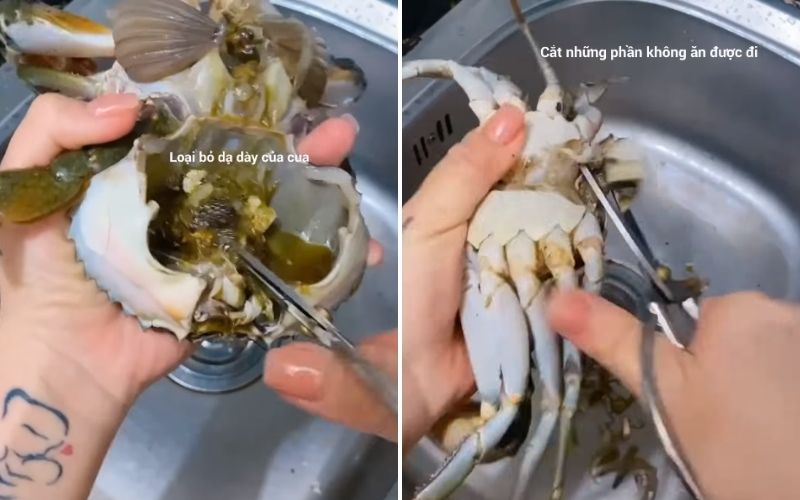
Viewer Comments
A viewer named Hong Tran shared her perspective on the young woman’s method:
“As a coastal resident, I find it disappointing when restaurants serve pre-peeled and cleaned crab. While culinary preferences vary across regions, I prefer to only remove the apron, thoroughly scrub every crevice, rinse the underside of the apron, and make a single incision to ensure immediate death without limb loss.”
She further explains her own approach: “I prefer to steam the crab whole because I believe it enhances the sweetness and flavor intensity. While cleaning the crab is an option, it may result in the loss of some of the crab’s juices and roe, impacting its overall taste.”
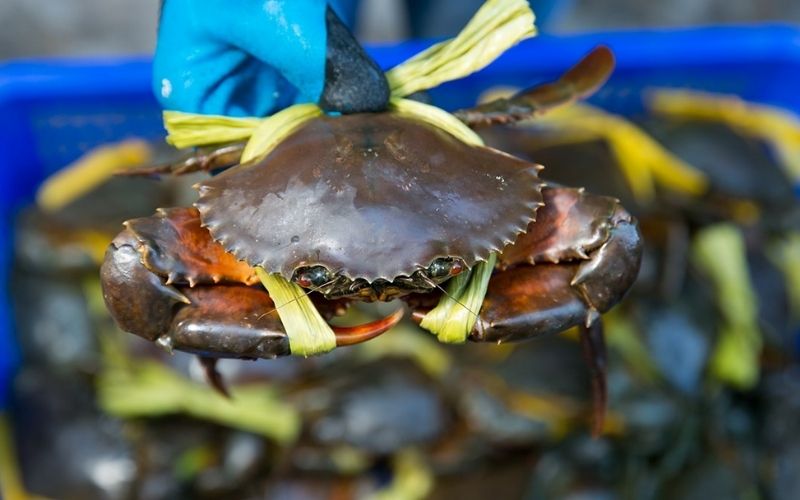
However, she acknowledges that “for those who prioritize cleanliness or prefer a more thorough cleaning, this method can be useful, especially for crabs from natural habitats, as they tend to be cleaner inside the shell. In contrast, crabs from Ca Mau may have more mud and dirt inside, making a thorough cleaning preferable.”
Other viewers offered suggestions, such as “I like to soak the crab in ice water for about 10 minutes to immobilize it before scrubbing and cooking” and “you can either pierce the crab between its legs or chill it in the freezer for a while to stun it. Then, scrub it clean and steam it whole without separating the parts, as this preserves the crab’s natural sweetness.”

A user named Dieu Linh shared her technique: “Remove the apron and then bend the crab backward from the apron to easily separate the shell. The crab’s teeth are inedible, so I pull them out, press down gently, and pull up to remove the teeth and stomach in one go. This method significantly speeds up the crab preparation process.”
Indeed, preparing and enjoying crab is not a simple task! If you have your own effective crab preparation techniques, don’t hesitate to share them with us in the comments!

































